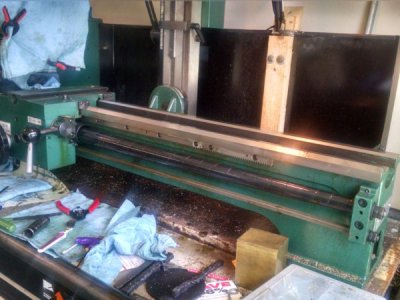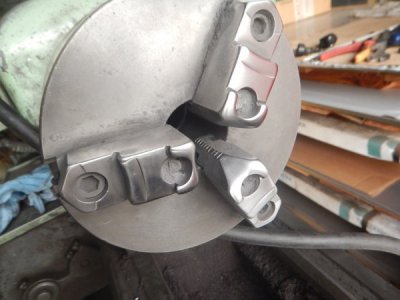Lotsa good reading here! I saw a You Tuber with loose sleeves & a wrist watch the other day.
I cringed. Fenner's chin hair or even my long hair are much less a danger if we're cognizant
of how aware we must be in each decision & position assumed during a given operation. I'll
use a file to work a piece in a running lathe - but I realize which way to position it should the
unthinkable launch happen. The trajectory would be away from me & out of my hands. I use
strips of sandpaper. My hands are near a foot away from the moving part. Again, if it grabs,
my fingers cannot be pulled into moving parts.
After the high school girl with long hair somehow got tangled up in a lathe (during horse play),
I discovered that OSHA requires a cover on the lead screw in shops with more than 1 worker.
I decided to add this cover, not because of the girl's accident or even because I have long hair.
I added it to keep the screw clean.
There is a point of No Return during every operation. I got confused on which way to start my
cross slide when at full stop & wrecked it. That was a point of No Return. Parts only took six
months to arrive. Take your time. Identify "traps". Check your direction. Do dry runs to prove
your direction is correct. Slow down. Measure twice - with different instruments to prove the
answer is correct & repeatable. Enjoy the outcome!
Pic below is added lead screw cover, rebuilt apron & ready to assemble the cross slide with new
parts.



